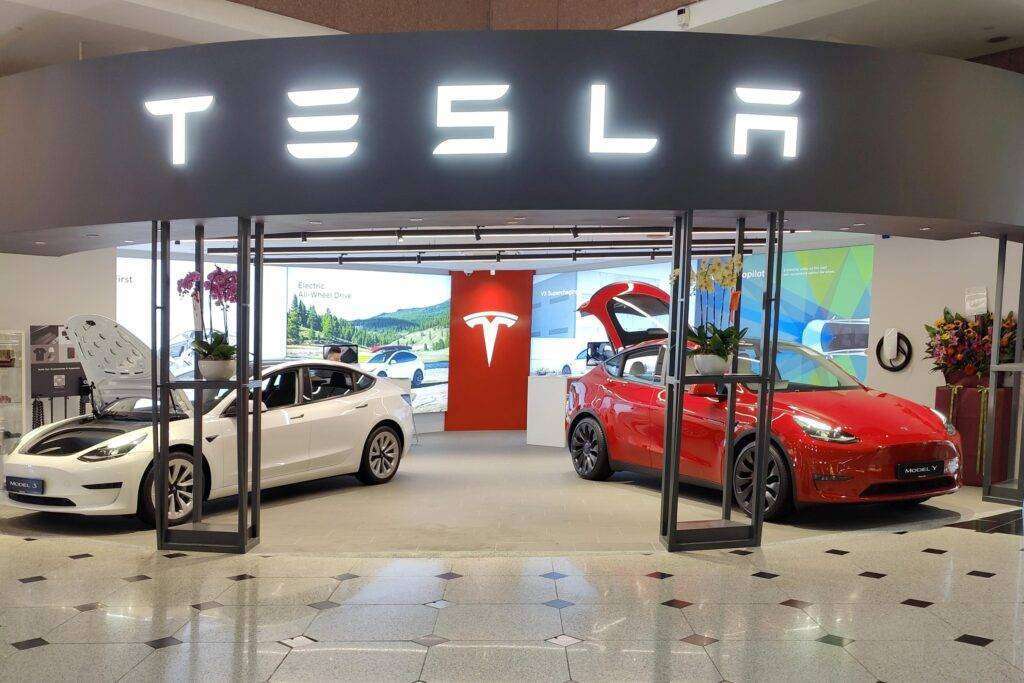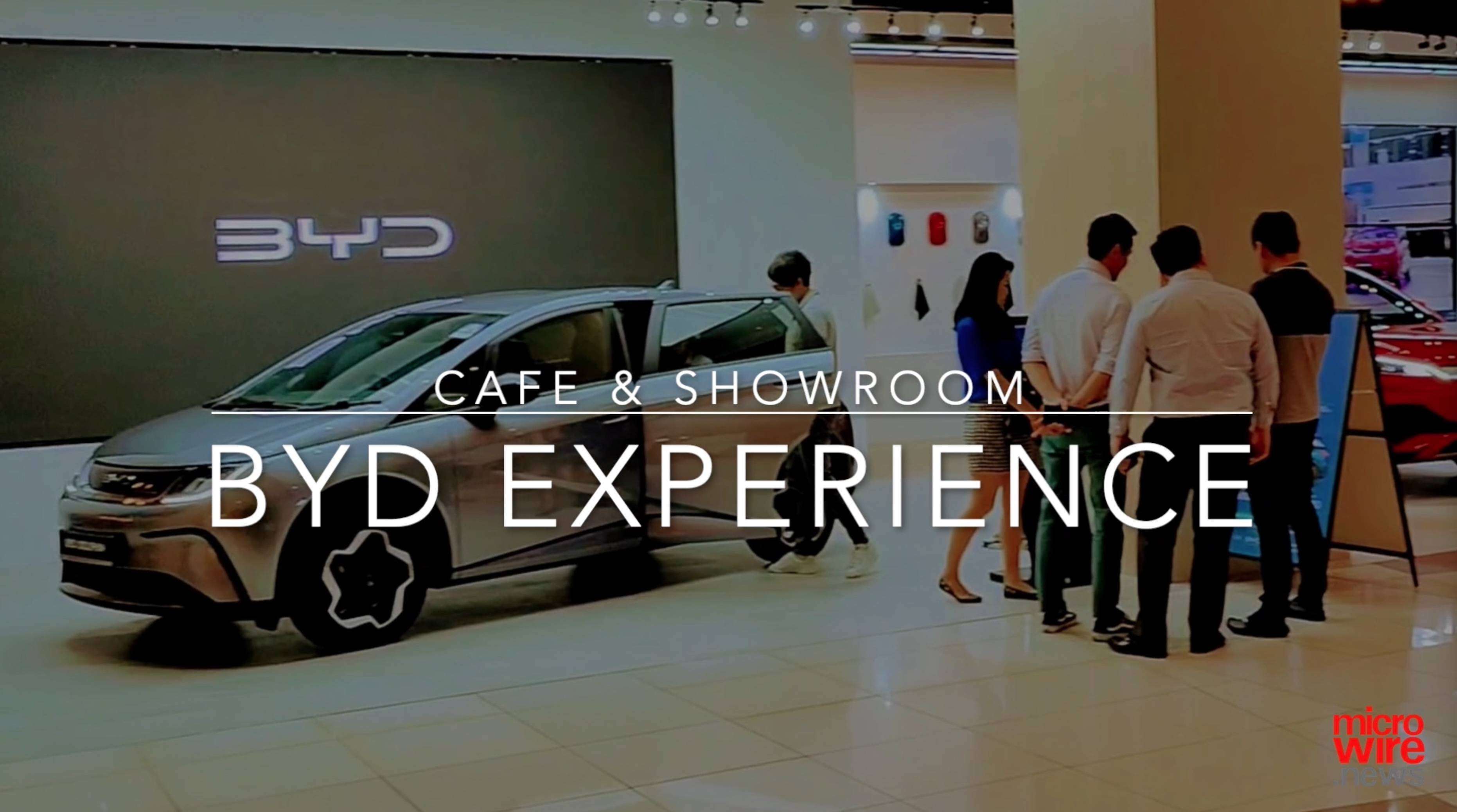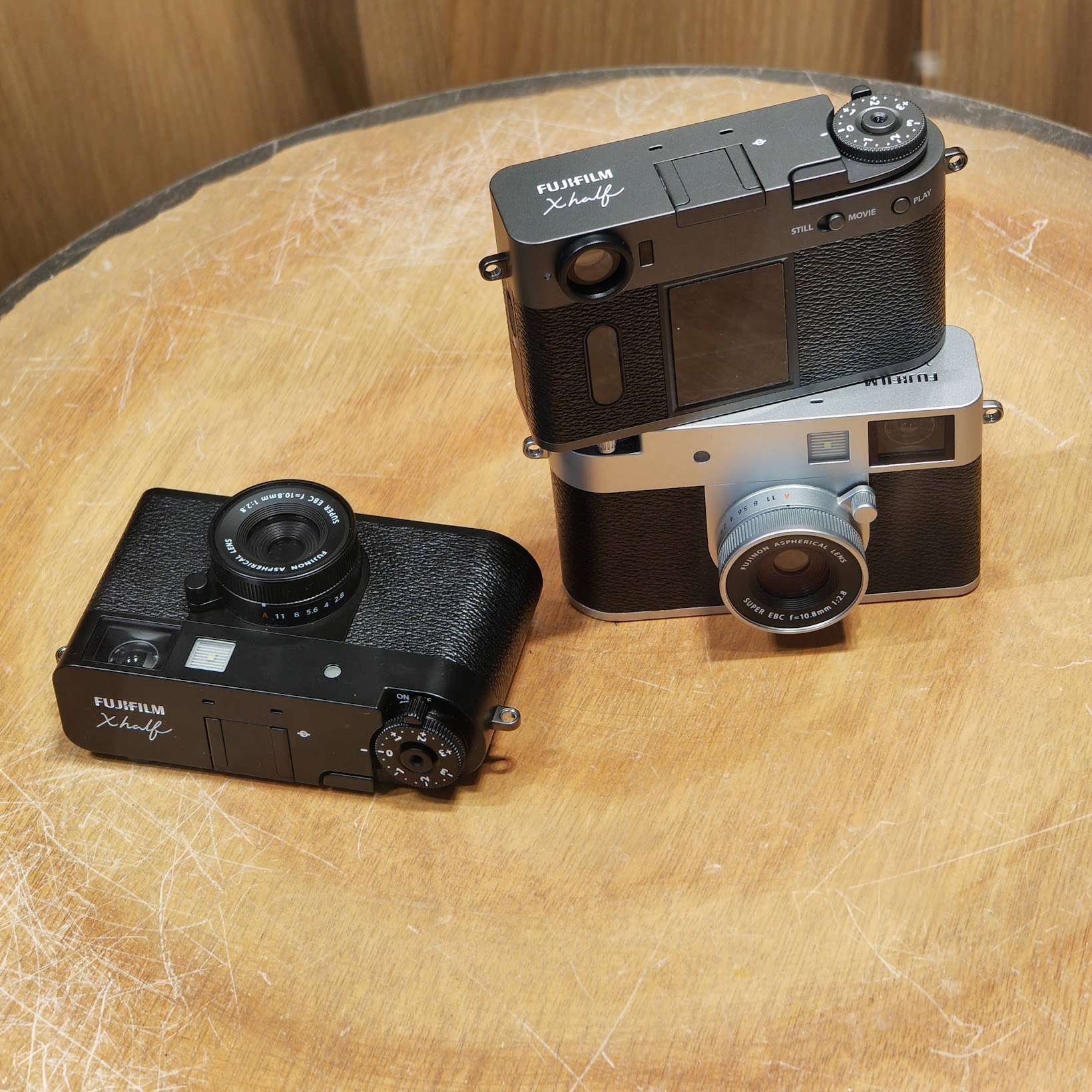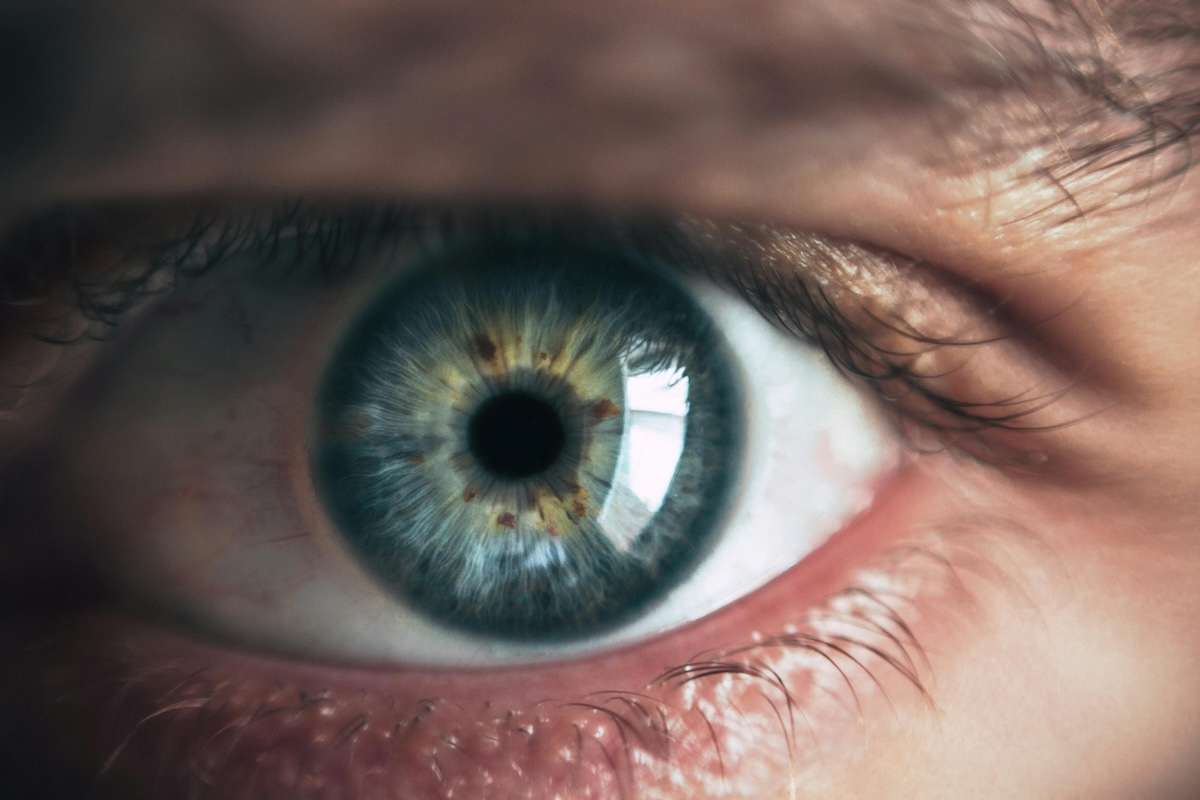What To Know
- As a student and practitioner of communication, I am often at the crossroads looking at subtlety versus brashness in the delivery of marketing campaigns.
- After all, in all fairness, we would not have Apple today if Steve Jobs was a paper pusher behind a desk with a narrow and myopic view of the world.
As a student and practitioner of communication, I am often at the crossroads looking at subtlety versus brashness in the delivery of marketing campaigns. And given the noise hammered down by regulators and commercial vendors alike for the “virtues” of electric vehicles (EVs), we will have to talk about the 2 giants, Tesla, and BYD.
Sun Tzu, in his Art of War, said, “Let your plans be dark and impenetrable as night, and when you move, descend upon your competition like a thunderbolt.”
Personalities can define brands
On one hand, we have Tesla, founded in 2003 in San Carlos, California, and its unpredictable and often entertaining boss Elon Musk. Musk is born in 1971. I am no fanboy of Musk, but I do admire his hard work and his courage in doing something (even if it flies against common sense or logic). After all, in all fairness, we would not have Apple today if Steve Jobs was a paper pusher behind a desk with a narrow and myopic view of the world. Likewise, Musk is the same. Dare to dream and fail, and you may just succeed. And indeed, Musk has done much more than many entrepreneurs did. Besides Tesla, he founded the low-orbit satellite connectivity network Starlink, powered by his equally fascinating space exploration business SpaceX.
On the other hand, we have the much quieter personality of Wang Chuanfu, founder of Chinese battery and EV company BYD, born earlier in 1966. Wang did not have it too easy under many people, including Musk. Wang’s parents died while he was in high school and his family was poor. Yet, he managed to get a graduate degree in chemistry and eventually co-founded BYD in Shenzhen, China, 1995, with his cousin. BYD, which stands for “build your dreams,” is a much older business than Tesla. Wang is less flamboyant and less extended than Musk, focusing on BYD as his mainstay business.
Both EV entrepreneurs, Musk, and Wang, received great comments from smart investors like Buffett and Munger.
Go commercial or go personal?
Sun Tzu said, “When the enemy is relaxed, make them toil. When the enemy is full, starve them. When the enemy is settled, make them move.”
Glitz makes headlines, but not necessarily the bottomline. This is where BYD and Tesla are significantly different. While Musk hogs the headlines with his “unique” antics, whether through social media or media interviews, Wang does not.
As of July 2023, Tesla’s “Semi”, a class 8 semi-truck, is only in pilot production and will only reach volume production maybe in 2024. Tesla’s “Cybertruck”, which hogged the media during its launch, may only reach production soon (as of August 22, 2023).
While both companies today tout EVs, BYD, through its acquired Qinchuan Machinery Works, was first in ICE (internal combustion engine) cars, with the hybrid BYD F3 being its first foray into anything electric. By April 2022, BYD has transitioned to producing hybrid and all-electric vehicles. Other than sedans, BYD is also heavily into electric buses, coaches, taxies, vans, and trucks, making it a much more resilient and expansive EV maker than Tesla. BYD also has the technology of building long-lasting batteries, and keeping costs down, therefore bringing immediate benefits to consumers.
BYD races ahead with utility vehicles such as commercial vehicles, which do not rely on public charging infrastructures, as businesses, especially heavy industries, will be able to implement their own charging infrastructures. Personal vehicles, on the other hand, rely on the good graces of governments and perhaps large private enterprises, to set up sufficient charging stations across large footprints, in order to make such personal EVs viable.
How immersive and social will you get?
The Tesla showroom in the upmarket mall Millenia Walk in Singapore, can squeeze in 2 vehicles, with little room for anything else.

Conversely, the BYD showroom about a 10 minutes walk away in Suntec City Mall, an equally upmarket but far larger mall, can easily house 6 cars, but chose not to. Instead, BYD’s showroom has 3 nicely spaced out display cars, with the rest of the space set up for a bar counter and a restaurant, serving 3-course meals, dessert, and drinks.
The ethos is completely different. BYD, a Chinese company, understands the importance of Guanxi (關係), or relationships in Asia Pacific. In Asia, success is built by nurturing and maturing relationships, sometimes through generations. Respect, humility, and warmth, are all part of this ecosystem. Doing business can be cut-throat, but relationships are equally important in Asia. This is quite different from the Western business philosophy.
From the two showrooms, it is quite clear where Tesla’s barebones, utilitarian showroom for “strictly business”, compares to BYD’s “let’s get to know each other over lunch” concept.
For me, I know which will appeal to me, even if all things are equal. And they are not. BYD is already quickly entrenched in commercial vehicles, private hire and public transportation vehicles, and private use vehicles, while Tesla remains a “luxury” item, even if the models may not actually be.
Business is not about how much noise you can make, or the immediate term. A successful business is about the long haul, and patience is key.
In closing, perhaps Sun Tzu said it best, “If you wait by the river long enough, the bodies of your enemies will float by.”
###




